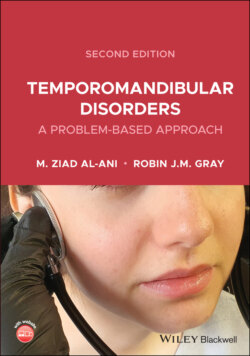Читать книгу Temporomandibular Disorders - Robin J. M. Gray - Страница 43
Cervical muscles
ОглавлениеThese are many muscles including the digastric, mylohyoid, geniohyoid, and stylohyoid muscles (Figure 2.14).
Figure 2.14 Cervical muscles.
(Figure courtesy of Dr Paul Rea and Caroline Morris, University of Glasgow.)
The two muscles in this group that mainly merit consideration are the digastric and mylohyoid muscles. The digastric muscle has two separate parts: an anterior and posterior belly; the two bellies have quite different actions. They are connected by an intermediate tendon that runs through a fibrous sling on the hyoid bone.
The mylohyoid muscle is a thin sheet of muscle arising on the inner aspect of the mandible from the whole length of the mylohyoid line. The two halves of this muscle meet in a median raphe, which inserts into the body of the hyoid bone. This muscle forms the floor of the mouth, separates the submandibular and sublingual regions, and is unattached posteriorly (Figure 2.15).
Figure 2.15 The mylohyoid muscle.
(Figure courtesy of Dr Paul Rea and Caroline Morris, University of Glasgow.)
